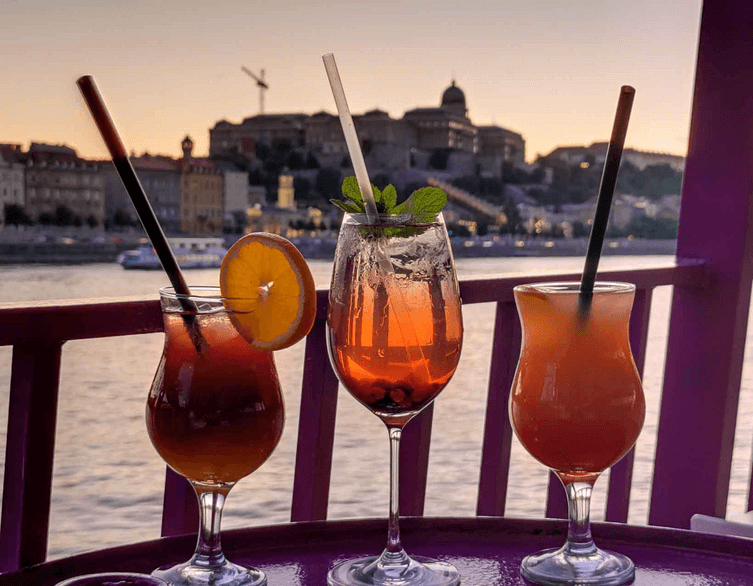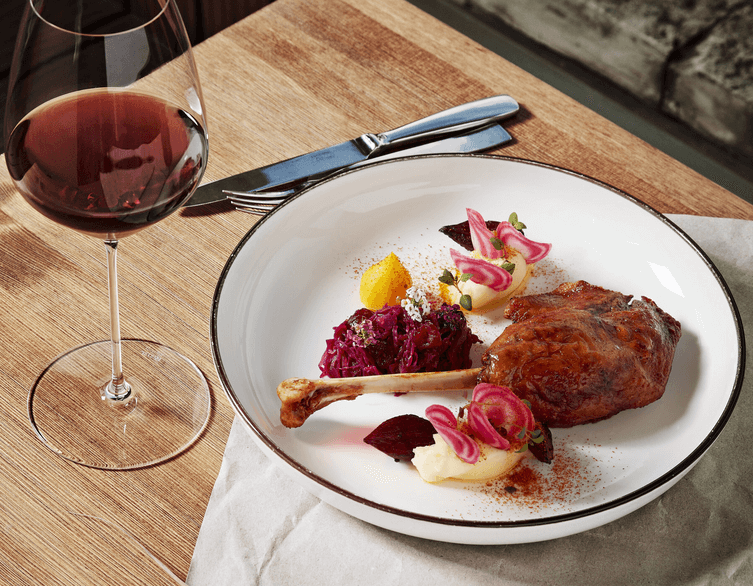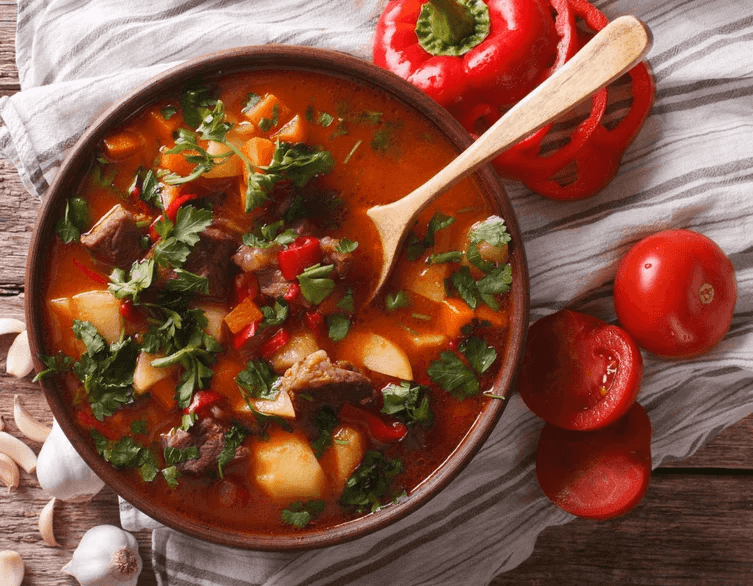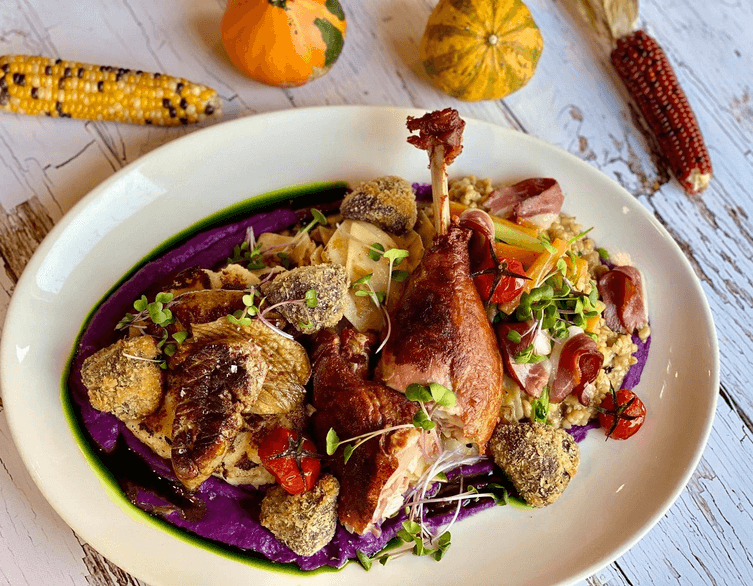Budapest’s Goose Obsession: Where Tradition Meets Urban Gastronomy
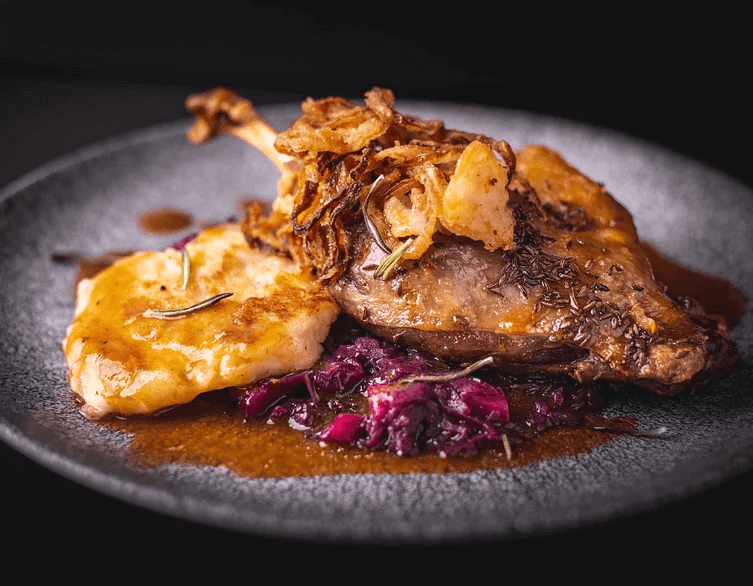
A November Feast That Defines the City
Every November, Budapest catches a delicious kind of fever. Restaurant windows glow with roasted goose, wine bars brim with new vintages, and social media fills with golden, crispy-skinned dishes that almost radiate warmth through the screen. St. Martin’s Day is not merely a folk celebration here; it has evolved into one of the most anticipated culinary events in the Hungarian capital. The aroma of roasting goose signals not just the change of season but the return of a beloved ritual—one that connects the city’s fast-paced life with centuries-old customs.
The Meaning Behind St. Martin’s Day
Observed on November 11, St. Martin’s Day traces its origins to the 4th century, when Saint Martin of Tours, humble and reluctant to become a bishop, hid among geese to avoid being found—only for the birds’ loud honking to betray his hiding place. In poetic retribution, the custom of eating goose began, symbolizing abundance and gratitude at the end of harvest season. In medieval Europe, this date also marked the beginning of the new economic year—a time to settle debts, slaughter livestock for winter, and taste the year’s first young wines.
In today’s Budapest, the symbolism remains, though the context has shifted. The city doesn’t prepare for fasting seasons anymore, but the idea of gathering around hearty food and new wine has endured. The holiday has become an urban festival of food, wine, and shared experiences.
From Village Tradition to Urban Celebration
The Márton‑nap goose tradition made its way to Budapest during the late 19th century, when the newly unified Hungarian capital attracted workers from the countryside. They brought their customs with them, including the November feast that marked the end of rural labor and the start of winter. Restaurateurs quickly realized the potential, transforming a rustic peasant ritual into a citywide event.
Over time, the feast became deeply embedded in Budapest’s rhythm of life. Cafés and taverns competed for the best goose dishes, and wine from nearby regions flowed freely. Although the socialist period temporarily dimmed its presence, St. Martin’s Day returned with full force after the 1990s. The gastronomic renaissance of the 2000s turned local food culture into an art form—and the goose found its well‑deserved spotlight again.
Today, the city’s offerings range from cozy taverns serving traditional roasted goose with red cabbage to Michelin‑starred restaurants reinventing centuries-old recipes. Food festivals, street food pop‑ups, and fine dining venues all participate, each adding a modern twist to the folklore.
Why the Goose Tradition Thrives in Modern Budapest
What makes this rural celebration thrive in a cosmopolitan capital? Part of the answer lies in nostalgia. City dwellers crave authenticity and connection to their roots. Eating goose on St. Martin’s Day is a comforting ritual that ties the urban present to the rural past. It’s a small form of rebellion against fast food and fast life—a reason to slow down, share a meal, and toast to good harvests and fresh beginnings.
Best deals of Budapest
Equally important is Budapest’s culinary evolution. The last decade has brought a wave of sustainable, farm‑to‑table dining. Local ingredients, seasonal menus, and artisanal producers are celebrated, making the goose not just a nostalgic favorite but a culinary icon. Paired with new wine, it captures the essence of Hungarian gastronomy: earthy, communal, and rooted in the land.
The St. Martin’s Day festivities also suit the Hungarian love of togetherness. The feast offers an excuse to gather—whether for family dinners, friendly reunions, or corporate celebrations. In a season when days grow short and evenings long, the warmth of a shared meal becomes invaluable.
From Feast to Festival: Budapest’s New Food Identity
Today’s Márton‑nap is not only about tradition but creativity. While many restaurants stay faithful to the classics—crispy roast goose, creamy goose liver, or hearty goose gizzard stew—others experiment. Chefs play with modern techniques like sous‑vide, Asian spices, or even vegan reinterpretations. Food trucks now serve goose burgers and pâté baguettes, while craft wine bars design tasting menus with natural wines to match.
The city itself turns festive. Cultural events, concerts, and culinary workshops all take place around November 11. Visitors can explore everything from rustic family recipes to refined gourmet experiences, all while sipping this year’s freshest Hungarian wines.
A Magnet for Culinary Tourists
For international visitors, St. Martin’s Day offers a uniquely Hungarian experience—a chance to engage with living local culture, not staged folklore. Culinary tourism has become one of the strongest travel trends in Europe, and Budapest perfectly embodies it. Goose dinners and new wine tastings attract curious gourmets from abroad, especially those eager to go beyond sightseeing and taste a city’s soul.
Like Munich’s Oktoberfest or Austria’s Martinigansl, Budapest’s goose season has evolved into a hybrid of authenticity and celebration. It’s both tradition and attraction, successfully walking the line between heritage and modern hospitality. Locals cherish it as a moment of warmth and connection, while tourists see it as the ultimate seasonal indulgence.
How to Experience St. Martin’s Day in Budapest
To get the most out of the celebration, plan your visit early. Restaurants across the city announce special menus weeks in advance, and popular venues fill up fast. The best places to enjoy the holiday include traditional Hungarian eateries along the Danube, elegant wine bars in District V, or festive pop‑ups in the city’s ruin pubs. Whether you opt for a fine dining five‑course goose menu or a rustic plate served with mulled wine at a street market, the spirit of Márton‑nap will be the same: warmth, laughter, and indulgence.
Above all, this is a holiday about slowing down. Take your time, savor the flavors, and raise a glass of golden new wine to Budapest’s enduring love affair with the goose—a story of how an ancient rural ritual became one of Europe’s most delicious urban traditions.
Related news
















